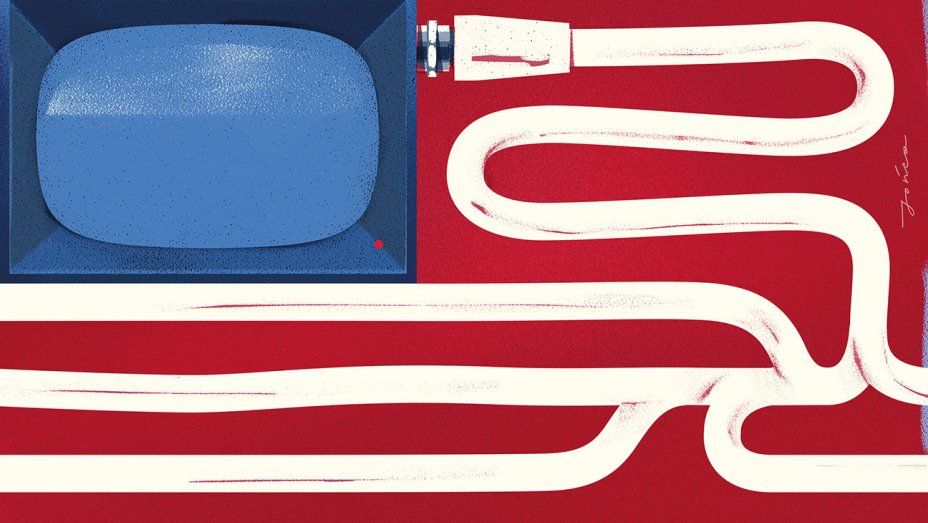The big picture: Traditional television powerhouses are struggling to retain subscribers. As mobile device usage climbs and 5G hits the scene, the bleeding will only continue. Something has to give which is why we're suddenly seeing a lot of realignment and mergers take place in space.
The cord-cutting movement is picking up serious steam. According to a recent report from eMarketer, the number of traditional pay TV subscribers in the US is projected to fall to just 169.7 million by 2022. In 2015, the figure sat at 205.4 million.
eMarketer says the number of cord-cutters, defined as adults who have ever cancelled pay TV service and continue without it, will climb 32.8 percent this year to 33.0 million. That's up from the 22 percent growth rate and 27.1 million projected in July 2017.
eMarketer principal analyst Paul Verna said compelling original programming from companies like Netflix, Amazon and YouTube is the main factor fueling the growth of on-demand streaming platforms. The availability of affordable live TV packages that are delivered via the Internet without the need for installation fees or hardware (satellites, cable boxes, etc.) are helping driving the acceleration of cord-cutting.
The findings echo similar sentiments shared by Magid Media Futures last month. In a survey of 2,400 online users, about eight percent of respondents said they were extremely likely to cancel their pay TV service and not get another one within the next 12 months. That's up from the six percent who said they planned on cancelling a year earlier and the 5.7 percent who said the same in 2016.
Lead illustration courtesy Paweł Jońca
